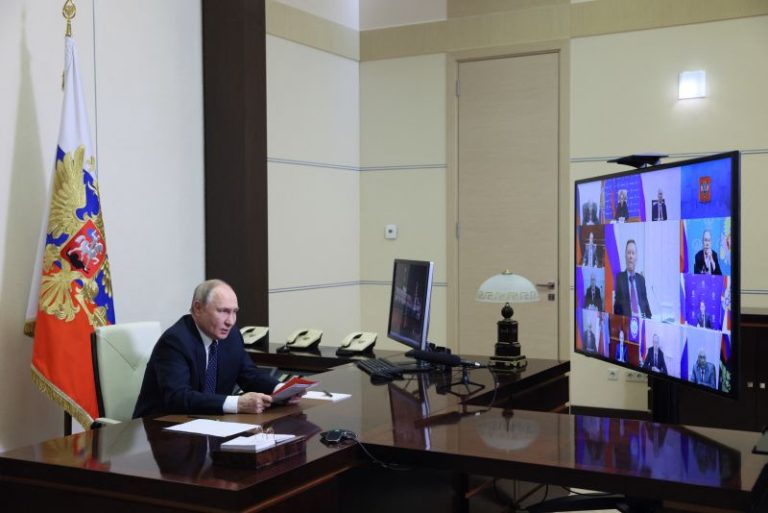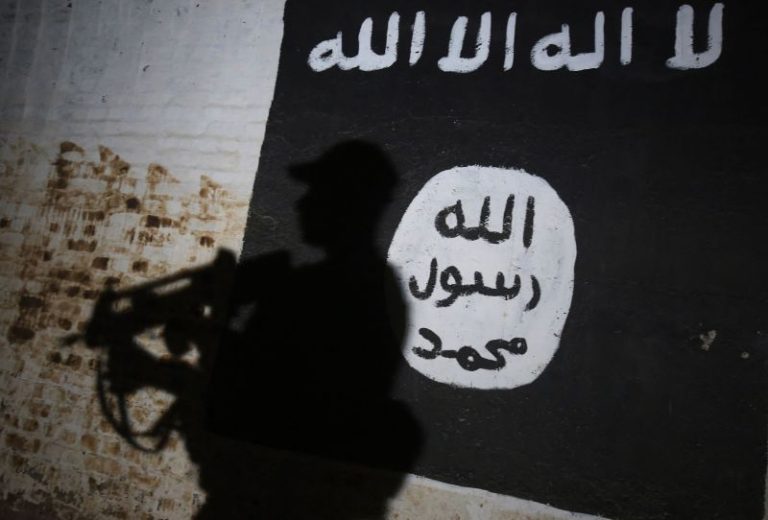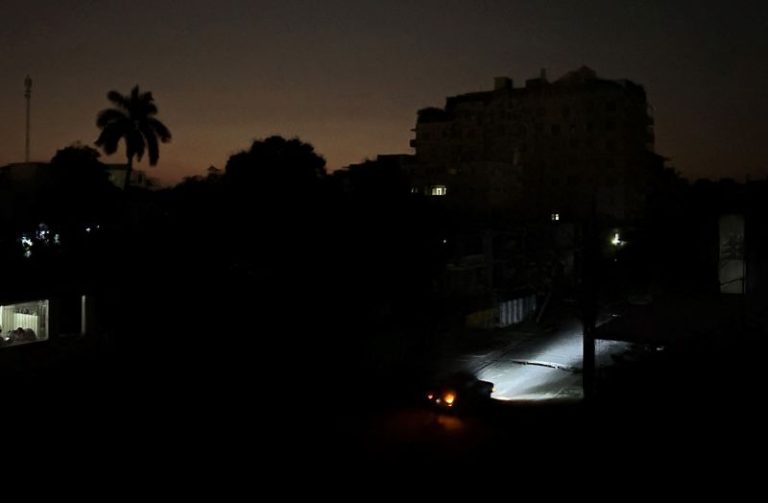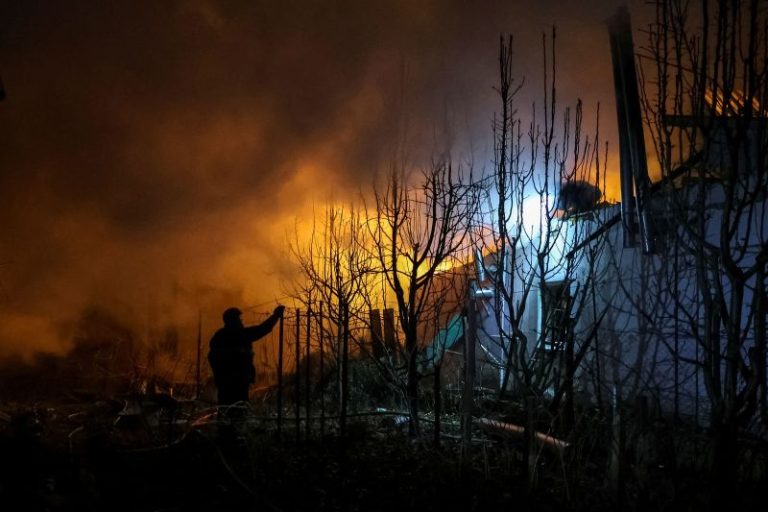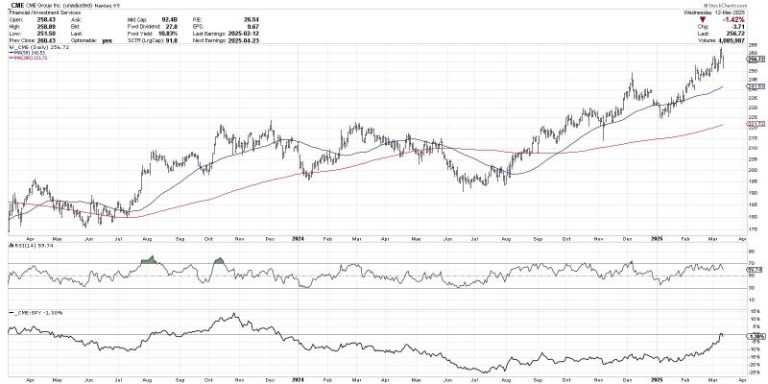Russian President Vladimir Putin has called on Ukrainian troops in the Russian region of Kursk to surrender, as diplomatic back-and-forth continues over a potential US-brokered ceasefire with Ukraine.
At a meeting with members of Russia’s security council on Friday, Putin accused Ukrainian troops in the region of committing crimes against civilians, but acknowledged US President Donald Trump’s wish to spare the soldiers’ lives as Russian forces retake the area and claimed surrendering soldiers’ lives would be guaranteed.
He also said that his country is working at restoring relations with the US, after they were “practically reduced to zero, destroyed by the previous American administration.”
“Overall, the situation is starting to move,” he said on relations with the Trump administration. “Let’s see what comes out of this.”
With Kyiv is losing its grip on Kursk, its sole territorial bargaining chip, many believe that Putin may be delaying talks on a US-Ukraine ceasefire proposal until the region is back under Russian control. Earlier this week, Ukrainian officials accepted a US proposal for a 30-day ceasefire covering the entire front line after holding talks with US counterparts in Saudi Arabia.
Putin’s remarks came after meeting with US Special Envoy Steve Witkoff on Thursday in Moscow – a visit that US Secretary of State Marco Rubio said gave “reason to be cautiously optimistic.” Trump earlier in the day had struck a similar note, calling the discussions “good and productive” in a post on Truth Social, adding that “there is a very good chance that this horrible, bloody war can finally come to an end.”
Trump also said that he has “strongly requested” for Putin to spare the lives of Ukrainian troops in Kursk.
“We understand President Trump’s call to be guided by humanitarian considerations with regard to these servicemen,” Putin said on Friday. “In this regard, I would like to emphasize that if they lay down their arms and surrender, they will be guaranteed life and decent treatment in accordance with international law and the laws of the Russian Federation.”
Ukraine’s military would first have to order troops in Kursk to surrender, however, he added.
In February, the United Nation’s Human Rights Monitoring Mission in Ukraine said it was alarmed at reports that dozens of Ukrainian soldiers who surrendered to Russia since the end of August 2024 had been “shot dead on the spot.”
“All allegations of execution of captured Ukrainian military personnel and public statements calling for, or condoning, such actions must be investigated,” Danielle Bell, head of the mission, said at the time.
Ukrainian President Volodymyr Zelensky meanwhile on Friday expressed skepticism about Putin’s motives and urged the US to take “strong steps” to pressure Russia into ending its war against Kyiv.
In a series of posts on X, the Ukrainian leader said his country wants peace, writing that “from the very first minutes of this war, we have wanted only one thing – for Russia to leave our people in peace and for Russian occupiers to get off our land.”
“Every day of war means losing the lives of our people – the most valuable thing we have,” he said.
Zelensky also accused Putin of attempting to sabotage peace negotiations and lying about the “real situation” on the battlefield. The Russian leader on Thursday had suggested a number of conditions for truce, including that any deal address what the Kremlin sees as “root causes” of the conflict.
Russia first invaded Ukraine in 2014 and launched a full-scale invasion in 2022. At the time, Putin demanded that Ukraine never be allowed into NATO, and that the bloc roll back its military footprint in Eastern and Central Europe – which the US and its allies dismissed as non-starters, condemning the invasion as a blatant land grab.
“Putin cannot exit this war because that would leave him with nothing,” Zelensky said. “That is why he is now doing everything he can to sabotage diplomacy by setting extremely difficult and unacceptable conditions right from the start even before a ceasefire.”
Zelensky said that he “strongly urges” countries who can influence Russia, especially the US, to take steps to help end the war.
“Pressure must be applied to the one who does not want to stop the war. Pressure must be put on Russia. Only decisive actions can end this war, which has already lasted for years,” he said.
The Ukrainian leader is expected to take part in a virtual meeting with European and NATO leaders on support for Ukraine on Saturday, hosted by British Prime Minister Keir Starmer.
This post appeared first on cnn.com






